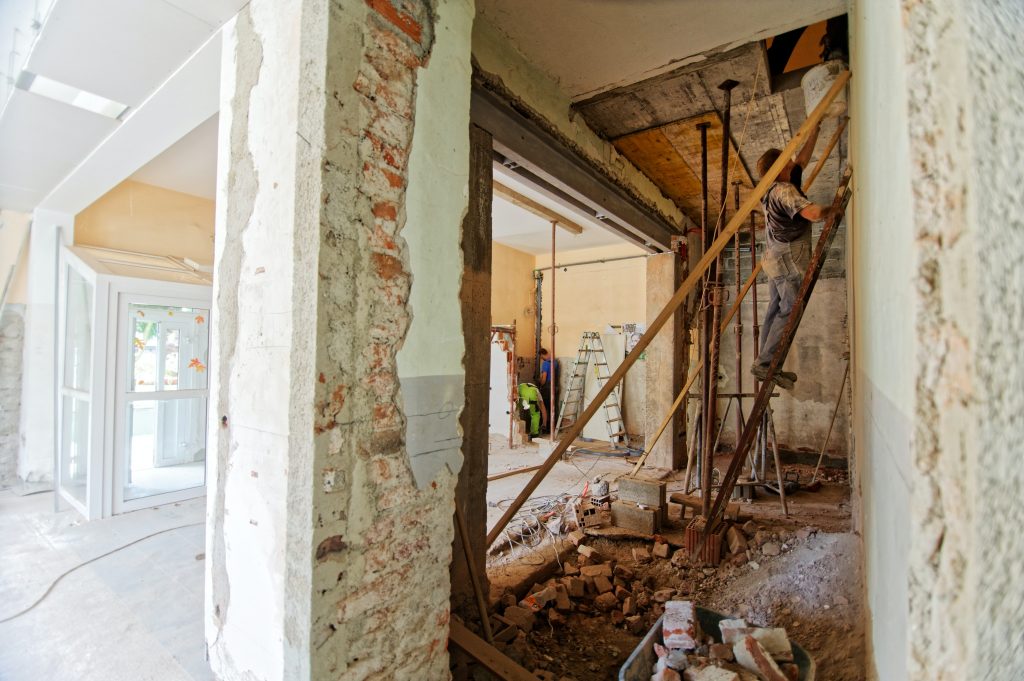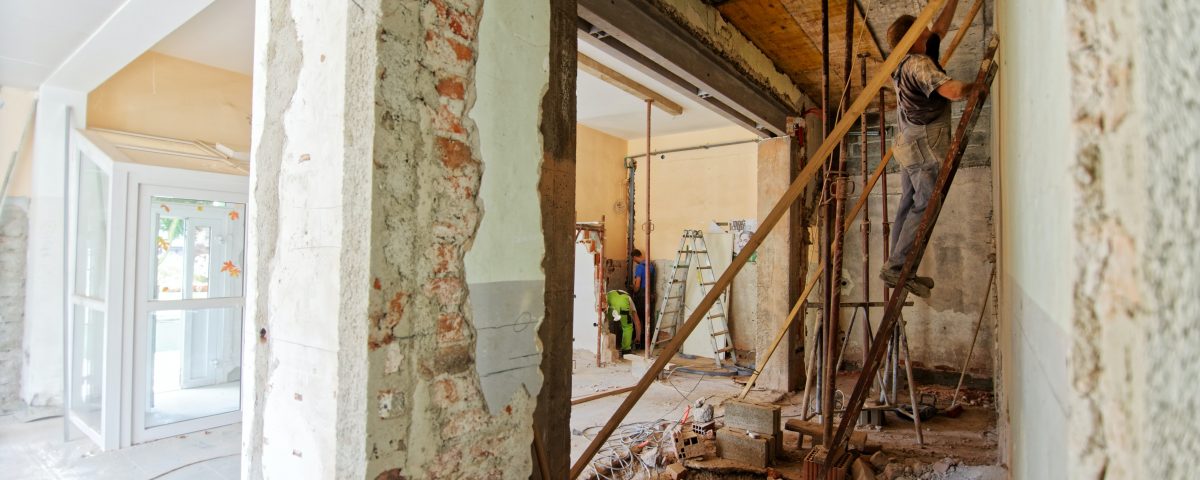- MENLO GROUP
- 480.525.5362 (Call or Text)
- 480.535.5854
- info@menlocre.com
- Grafton Milne, Designated Broker
- Owner Portal | Tenant Portal

Eight Characteristics of Brokers Who Dominate
September 13, 2021
Tips for Choosing the Right Commercial Lender
October 13, 2021
A commercial space is rarely a turnkey build-out, where the tenant could “turn the key,” open the door and begin working. Most commercial tenants will need some changes or improvements to the property. The extent of tenant improvements depends upon a variety of factors, including the following:
- Previous occupancy
- Age of existing improvements
- Contemplated uses
The tenant and landlord should know who is responsible for the improvements as outlined in the lease.
Landlord Responsibility
The lease should specify the improvements to be completed by the landlord. A time frame should be included to ensure the work is finished by the time the tenant moves in. Any delay to the tenant improvements could have negative implications for the tenant’s business. The lease should also outline remedies, such as free rent, to address the landlord’s failure to complete the improvements on time.
The cost of the proposed improvements should be calculated and approved by both parties when the lease is signed. If the landlord funds the tenant improvements, they will factor this into the rental rate to receive some reimbursement. To keep costs low, tenants should review the plans and require the landlords to request multiple bids.
Tenant Responsibility
Some leases require tenants to complete the improvement work themselves. In these cases, landlords often wait to begin collecting rent until after a set period of time. Tenants should negotiate for enough time to complete the improvements.
Landlords often provide an improvement allowance (usually a dollar amount per square foot) to offset some of the costs of the work. They may distribute the money in payments throughout the improvement process or as a lump-sum when construction is finished. The lease should outline when the tenant receives the allowance.
Dual Responsibility
Oftentimes, both the landlord and tenant take responsibility for part of the improvement work. The lease should address the coordination of the work and state that a party’s obligation to perform its work may be suspended because of a delay caused by the other party.
Improvements are a key part in any lease to ensure a space meets the needs of the new tenant. Our advisor team would love to discuss your space needs and negotiate a lease on your behalf, and when it is time to start improvements, our project management team stands ready to help oversee your renovation from start to finish.


